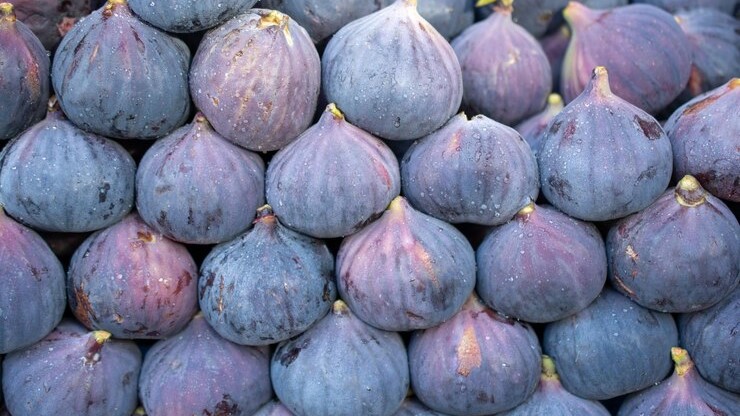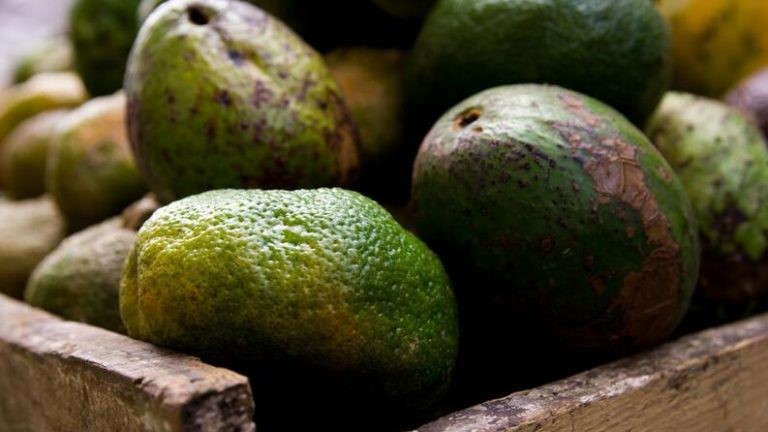Actualidad
X-rays Enhance Sugar Content in Figs
X-ray irradiation improves soluble sugar content and regulates the expression of genes related to carbohydrate metabolism in figs

The fig (Ficus carica L., family Moraceae) is a popular fruit known for its glossy appearance, sweet taste, and high level of beneficial nutrients for health.
Studies have shown that figs possess antioxidant, immunomodulatory, antimicrobial, anticancer, hepatoprotective, and diuretic activities.
However, figs are a climacteric fruit with a delicate skin, resulting in a short storage period and limiting further development in the industry.
X-ray irradiation is a safe and efficient preservation technology for fruits and vegetables, inhibiting the growth of microorganisms that cause agricultural product spoilage, thereby maintaining quality and extending post-harvest shelf life.
Sugars are not only related to the flavor and nutritional components of fruits but also contribute to energy metabolism and are fundamental for the normal functioning of various physiological mechanisms, participating in the regulation of fruit senescence.
Sucrose, glucose, and fructose are the main soluble sugars present in plant tissues. Besides providing energy to plants, they participate in the regulation of osmotic pressure and protection of cell membranes.
Additionally, soluble sugars are involved in the response of plant defense systems to external biotic and abiotic stresses. Sucrose, glucose, and fructose can also inhibit cold damage and reduce oxidative effects.
X-rays and Sugar Metabolism
A recent study evaluated the effects of X-rays on sugar metabolism and the relative expression of various genes in figs to explore the viability of this type of radiation for fruit preservation.
The tests reveal that X-rays at 3.0 kGy* effectively enhance the concentration of glucose, fructose, and sucrose, and decrease starch degradation as well as amylase enzyme activity.
Moreover, the activities of invertase, sucrose phosphate synthase, sucrose synthase, and phosphofructokinase enzymes, crucial in sugar metabolism, were activated with 3.0 kGy irradiation. It was also found that X-rays at 3.0 kGy increase the expression of genes encoding these enzymes.
These findings demonstrate that the application of 3.0 kGy X-rays is a viable preservation method to regulate sugar metabolism and maintain the quality of stored figs.
*Gray (represented by Gy) is the International System of Units (SI) unit of absorbed dose. It represents the amount of ionizing radiation energy absorbed per unit mass, that is, one Joule of radiation absorbed per kilogram of matter (J/kg). kGy = 1000 Gy.
Sources
Wang, C.; Jing, S.; Yu, J.; Hou, D.; Yang, Y.; Zhu, B.; Bai, J.; Li, L.; Ding, W.; Kou, L. (2024). X-ray irradiation maintains soluble sugar content and regulates expression of genes related to sugar metabolism of figs (Ficus carica L. ‘Siluhongyu’). Postharvest Biology and Technology, 216: 113071.
Image
Link to image Accessed on 23/08/2024.












